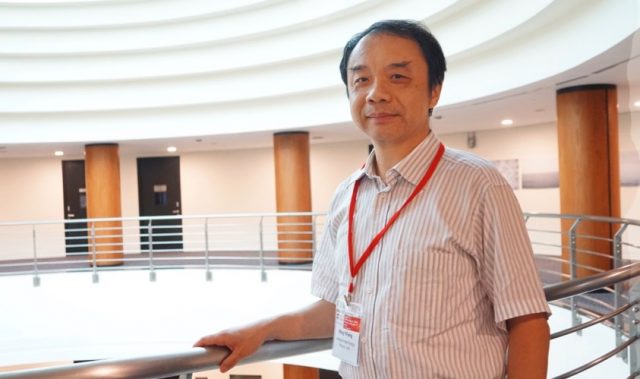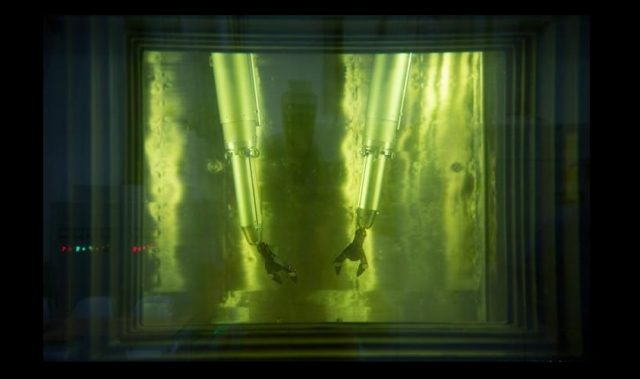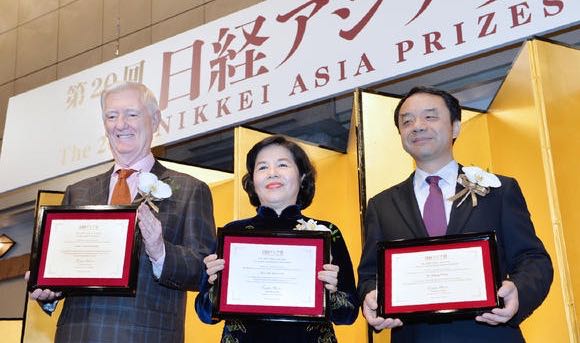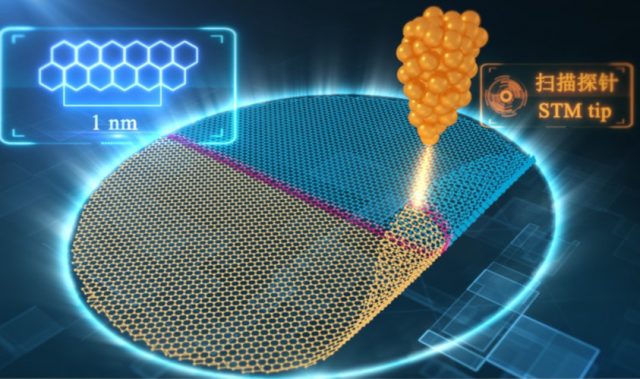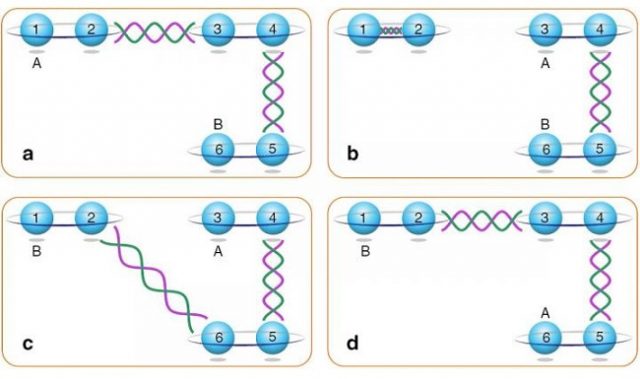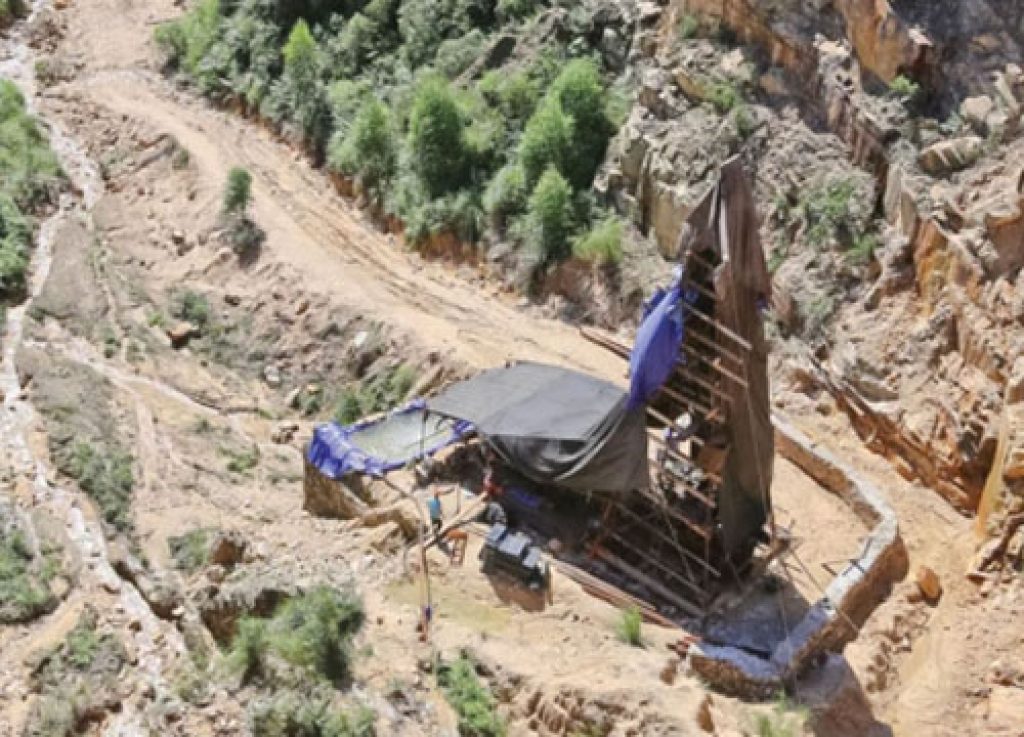
AsianScientist (Aug. 5, 2014) – Hundreds of scientists from all over the world have agreed to collaborate on research projects at the Jiangmen Underground Neutrino Observatory (JUNO).
Neutrinos are elementary particles that constitute our material world. They have many peculiar properties, such as oscillation whereby one type of neutrino may become another type during flight. Over the past few years of research, many properties of neutrinos have been discovered, including a new type of neutrino oscillation called the neutrino oscillation parameter θ13.
The JUNO experiment will study other neutrino-related problems, one of which is the mass hierarchy. This is to say, scientists could find out which type of neutrinos is heavier than others while studying anti-neutrinos produced by nuclear reactors. These experiments also measure three other neutrino oscillation parameters with an unprecedented precision of less than 1 percent error. The JUNO detector can also observe thousands supernova neutrinos if a supernova explodes in our galaxy.
Geologists are very excited about the possibility that JUNO can detect thousands of neutrinos from the earth, the so-called geoneutrinos, which can reveal secrets hidden deep in the earth. JUNO is also able to detect a copious number of neutrinos coming from the Sun and other sources.
“This is a great start. We can imagine that in ten years, we will know our world much better than now and neutrinos will have less secrets than they have now”, said Dr. Wang Yifang, Institute of High Energy Physics (IHEP) director and the newly-elected spokesperson of the JUNO Collaboration. He also led the Daya Bay Reactor Neutrino Experiment that proved the mixing angle θ13 was different from zero for the first time.
“Thanks to the great supports by many worldwide funding agencies, the JUNO experiment can kick off in a timely way and we are running to be the first to measure the neutrino mass hierarchy”, said Dr. Wang.
The JUNO Collaboration consists of more than two hundred scientists from China, Czech, France, Finland, Germany, Italy, Russia, and the US. There are more than 50 collaborating research institutions and universities.
“This is truly an international collaboration and we are sure that more institutes will join JUNO in the near future”, said Marcos Dracos of the IPHC/IN2P3 in Strasbourg, France, the newly-elected Chair of the Institutional Board of the Collaboration.
The JUNO neutrino experiment is located at Kaiping, a small city in the south of China, 200 km from Hong Kong. The 20 kt liquid scintillator detector is located in an underground cavern with a depth of about 700 m from the ground surface.
“We are very excited about this experiment and it’s a wonderful and comprehensive physics program”, said Gioacchino Ranucci, director for Technology at the Istituto Nazionale di Fisica Nucleare of Milan, Italy and a newly-appointed deputy spokesperson of the Collaboration. “We are committed to the success of JUNO, since we could bring in our broad expertise in the neutrino investigations which has been carried out for almost two decades in our National Laboratory at Gran Sasso”.
As the second neutrino experiment hosted in China, JUNO represents a new phase of research. Its size is huge and some of the required technologies do not exist yet.
“This is a very challenging project. It is twenty times larger in scale than the current largest liquid scintillator detector in the world, and its performance will be twice better in energy resolution than the current best one”, said Dr. Cao Jun from IHEP, deputy spokesperson of the Collaboration.
———-
Source: Chinese Academy of Sciences.
Disclaimer: This article does not necessarily reflect the views of AsianScientist or its staff.





